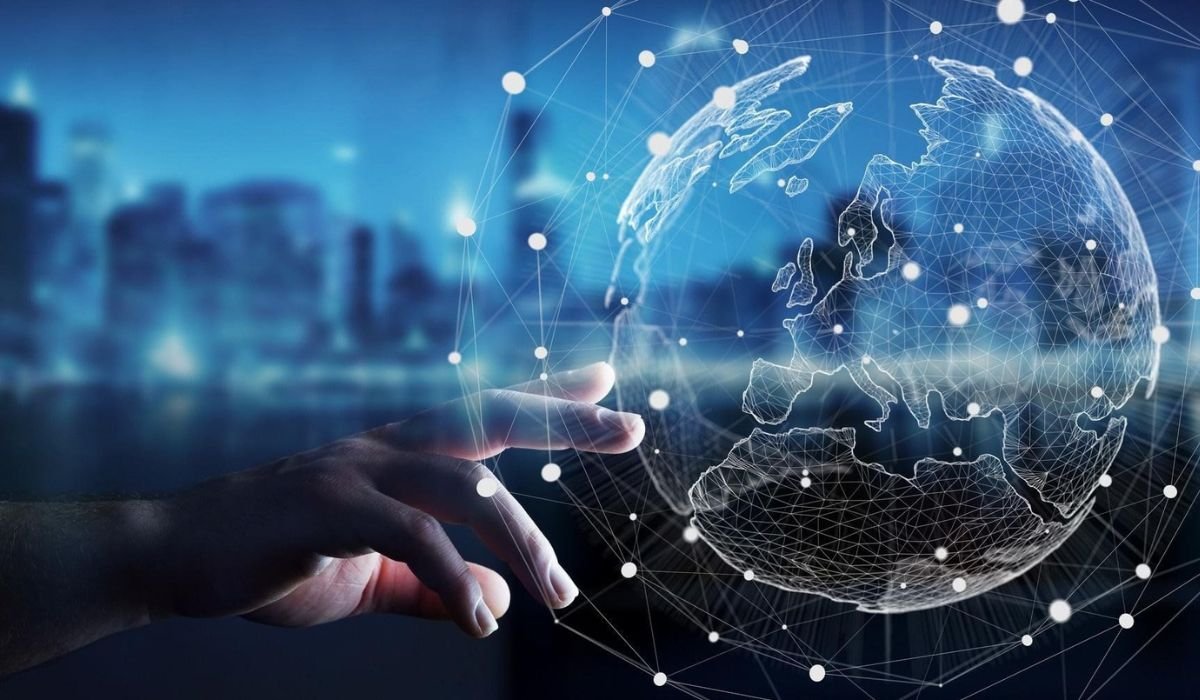Introduction
In a world that’s increasingly interconnected, the role of a translator is more crucial than ever. The focus keyword “oprekladač,” which means translator in certain Slavic languages, highlights a profession that bridges language gaps and facilitates communication across cultures. This article delves into what a translator does, the importance of their role, the translation process, and the challenges they face. By understanding these elements, we can better appreciate the value translators bring to various fields.
What is a Translator?
A translator is a professional who converts written text from one language to another. This process is not merely about swapping words; it involves conveying meaning, context, and tone while preserving the intent of the original content. Translators work with a wide array of documents, including literature, technical manuals, and legal texts.”oprekladač”
The Importance of Translators in Modern Society
Translators play a vital role in our globalized world. They enable businesses to reach international markets, assist diplomats in negotiations, and help individuals communicate across language barriers. Without translators, many global interactions and transactions would be challenging, if not impossible.”oprekladač”
A Brief History of Translation
The practice of translation dates back to ancient civilizations. The Rosetta Stone, for instance, features a decree in three scripts: Greek, Demotic, and Egyptian hieroglyphs. This historical artifact underscores the longstanding importance of translation in documenting and sharing knowledge.
The Translation Process
The Steps Involved in Translating a Text
- Understanding the Source Text: A translator first comprehends the original text’s meaning and context.
- Research: This involves understanding any specialized terminology or cultural references.
- Translation: The translator then converts the text into the target language while maintaining the original’s tone and intent.
- Review and Revision: The translated text is reviewed for accuracy and fluency.
- Final Proofreading: The last step involves checking for any grammatical or typographical errors.
The Challenges Faced by Translators
Translators encounter various challenges, such as:
- Language Nuances: Different languages have unique idioms and expressions that may not have direct equivalents.
- Cultural Sensitivity: Understanding and respecting cultural differences is crucial.
- Maintaining Context: Ensuring that the translation reflects the original context accurately.
The Use of Translation Tools and Technology
Modern technology has revolutionized translation. Tools like computer-assisted translation (CAT) software and machine translation systems help translators work more efficiently. However, while these tools can handle basic tasks, they cannot replace the nuanced understanding that human translators provide.”oprekladač”
Types of Translation
Written Translation
This involves translating documents, books, and websites. Each requires a deep understanding of the subject matter and audience.
Spoken Translation
Spoken translation, or interpreting, can be simultaneous or consecutive. Simultaneous interpretation occurs in real-time, while consecutive interpretation involves listening to a speech and then translating it.
Technical Translation
Technical translation covers manuals, patents, and other specialized texts. It requires precise knowledge of technical terminology and concepts.
Literary Translation
Literary translation involves translating works of fiction, poetry, and drama. This type of translation often focuses on maintaining the author’s style and literary qualities.”oprekladač”
The Role of Translators in Different Fields
Translators in Business and Commerce
In business, translators help companies expand into new markets by translating marketing materials, product information, and business correspondence.”oprekladač”
Translators in Diplomacy and International Relations
Diplomats rely on translators for negotiations and official communications. Accurate translation in these contexts is crucial for maintaining diplomatic relations.
Translators in Law and Legal Proceedings
Legal translators handle documents such as contracts, court transcripts, and legal briefs. Their work must be precise to ensure legal accuracy and compliance.
Translators in Literature and Culture
In literature, translators bring foreign works to new audiences. They must capture the author’s voice and cultural nuances while making the text accessible to readers in another language.
The Challenges of Translation
Cultural Differences and Nuances
Translating cultural references and idioms can be challenging. What is humorous or meaningful in one culture may not have the same impact in another.
Linguistic Complexities and Ambiguities
Languages often have nuances that can be difficult to translate. Ambiguities in the source text require careful handling to ensure clarity in the target language.
Ethical Considerations in Translation
Translators must navigate ethical issues, such as preserving the integrity of the original text and avoiding biased or misleading translations.
The Impact of Technology on Translation
While technology has enhanced translation efficiency, it has also introduced challenges. Machine translations often lack the subtlety and depth of human translators, highlighting the ongoing need for skilled professionals.
Becoming a Translator
Education and Training Requirements
Most translators have a background in language studies or a specific field related to their translation work. Advanced degrees and specialized training can enhance career prospects.
Certification and Accreditation
Certifications from professional organizations can validate a translator’s skills and increase credibility. Accreditation can also be essential for certain specialized translation fields.
Finding Translation Work and Building a Career
Translators can find work through agencies, freelance platforms, or direct contracts with companies. Building a strong portfolio and networking are key to establishing a successful career.
The Future of Translation
The Role of Artificial Intelligence in Translation
AI is increasingly used in translation, offering tools that can quickly translate large volumes of text. However, AI still struggles with complex texts and cultural subtleties.
The Changing Landscape of the Translation Industry
The translation industry is evolving with new technologies and global demands. Staying updated with these changes is crucial for translators.
The Importance of Human Translators in the Digital Age
Despite advances in technology, human translators remain essential. Their ability to understand context, cultural nuances, and tone is irreplaceable by machines.
You May Also Like: Integremos Review: The Best Tool for Seamless Teamwork
Conclusion
The role of a translator, or “oprekladač,” is indispensable in our global society. They facilitate communication, promote understanding, and bridge cultural divides. As technology evolves, the essential human touch of translators will continue to be valuable.
FAQs
- What does a translator do? A translator converts written text from one language to another, maintaining meaning, tone, and context.
- Why are translators important in modern society? Translators enable global communication, assist in international business, and support diplomacy and cultural exchange.
- What challenges do translators face? Translators deal with language nuances, cultural differences, and the need for precise translation while navigating ethical considerations.
- How has technology impacted translation? Technology has improved efficiency with tools like CAT software but has not replaced the nuanced understanding of human translators.
- What qualifications are needed to become a translator? Typically, a background in language studies, specialized training, and professional certification are required.











